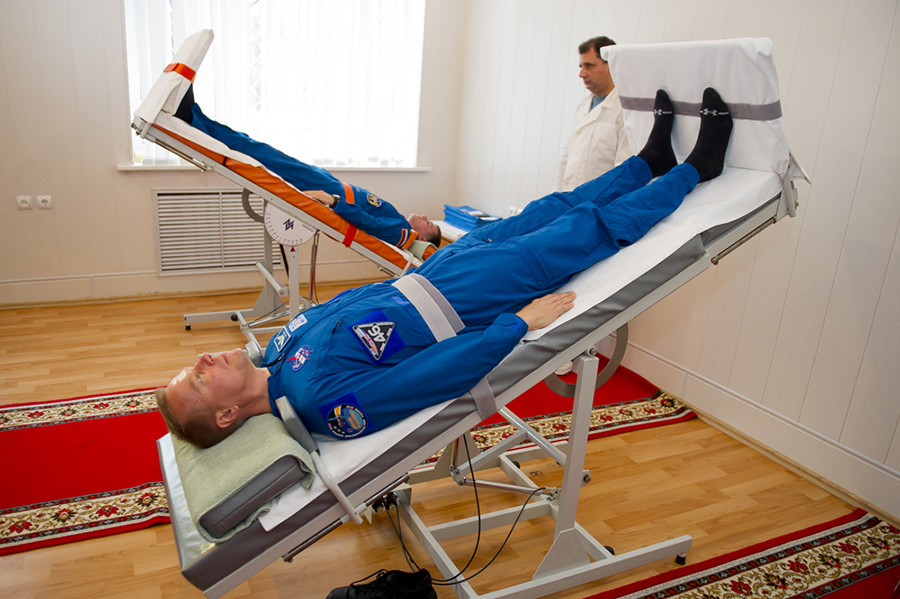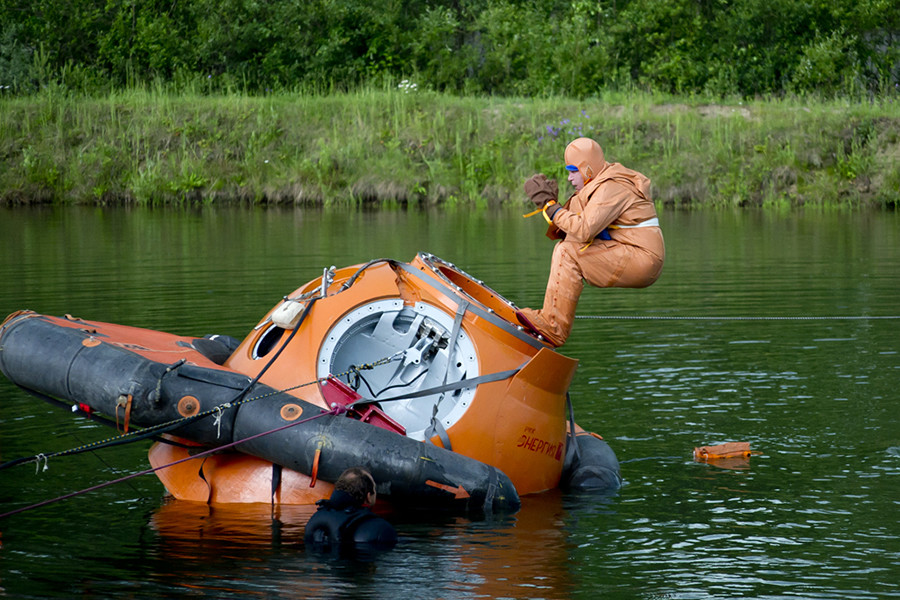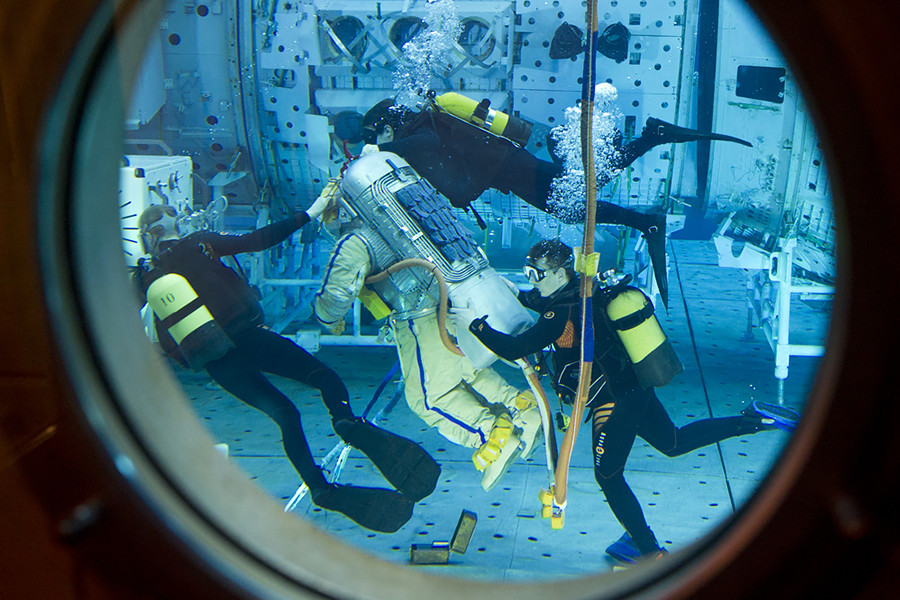Do you have what it takes to be a Russian cosmonaut?
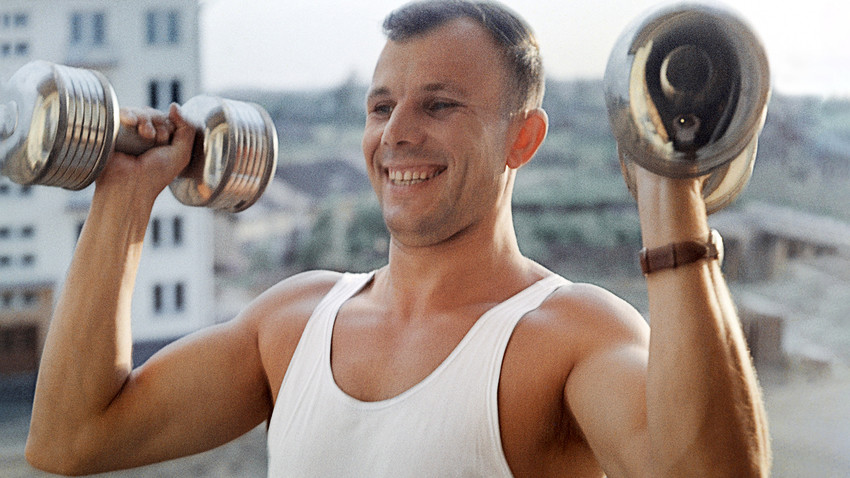
Pilot-cosmonaut Yuri Gagarin doing his morning exercises.
I. Snegirev/SputnikThe first cosmonaut selection proved that supermen didn’t only exist in the movies. Back in the 50s and 60s, outer space was an unknown danger zone for humans, and Soviet test pilots went through hell to prove that they could survive in the extreme conditions.
Today we know more about the effects of space flight on the human body, and the bar is no longer set as high as it was in the past. The main physical health requirements of the candidates are the same as those for Olympic athletes: Endurance, strength, speed, and agility.
The bodies of modern cosmonauts must be resistant to the adverse effects of space flight, like overload, weightlessness, hypoxia, and vestibular irritants. They should also be able to maintain airborne physical fitness to prevent the negative effects of weightlessness (hypokinesia,
But can any Tom, Dick, or Harry get ready for space?
Alexander Serduk, from the Department of Physical Training of Cosmonauts, lists the exercises that wannabe cosmonauts need to pass during the first selection stage
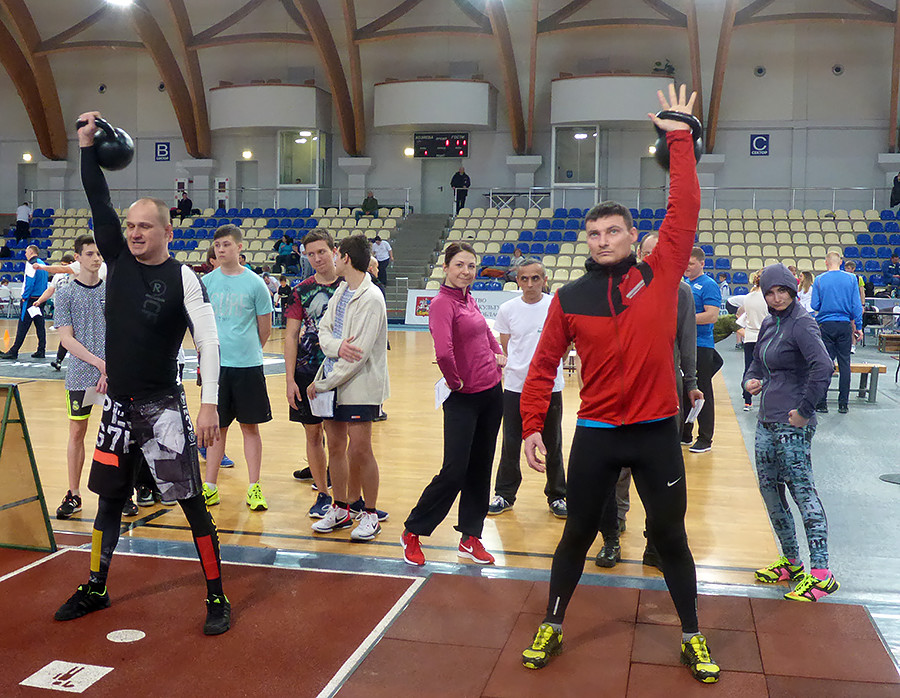
Alexander Serduk.
Personal Archive1. Romberg's test checks your neurological ability to balance. Candidates are asked to stand with their feet together, with eyes closed for 40 seconds. Balance relies on a combination of several neurological systems, namely proprioception, vestibular input, and vision. If any two of these systems are working the person should be able to demonstrate a fair degree of balance. The key to the test is that vision is taken away. This leaves only two of the three systems, and if there is a vestibular disorder or a sensory disorder the candidate will struggle.
2. Pull-ups – 10 times.
3. Jumping on the trampoline – 90, 180, and 360 degree turns.
4. Shuttle run – run for 10 meters, 10 times, in 27 seconds.
5. Manual bicycle ergometry (the same as on the International Space Station – ISS) – this assesses how your cardiorespiratory system functions. Cycle or propel the wheels with your hands instead of legs.
6. Running – 1 km in 3 mins 30 seconds.
7. Angel in focus on the bars – stay in this position for 25 seconds.
8. Length jumps – as far as2.10 meters.
9. Running on the treadmill BD-2 (the same as on the ISS) - by doing this you will test how your cardiorespiratory system works.
10. Dive-fall from 3 meters into the water – shows full control of body and mind. The candidate stands up straight on the edge of a springboard and has to fall down without bending any part of the body to enter the water head first. The slightest bend will mean the candidate’s body will hit the water.
11. Swim 20 meters underwater in one breath.
12. Swimming - 800 meters in 21 minutes.
If you struggle to meet these standards, don’t panic. The next selection round for the cosmonaut squad will happen in two to three years, so you have just enough time to improve your physical fitness.
If using any of Russia Beyond's content, partly or in full, always provide an active hyperlink to the original material.
Subscribe
to our newsletter!
Get the week's best stories straight to your inbox
